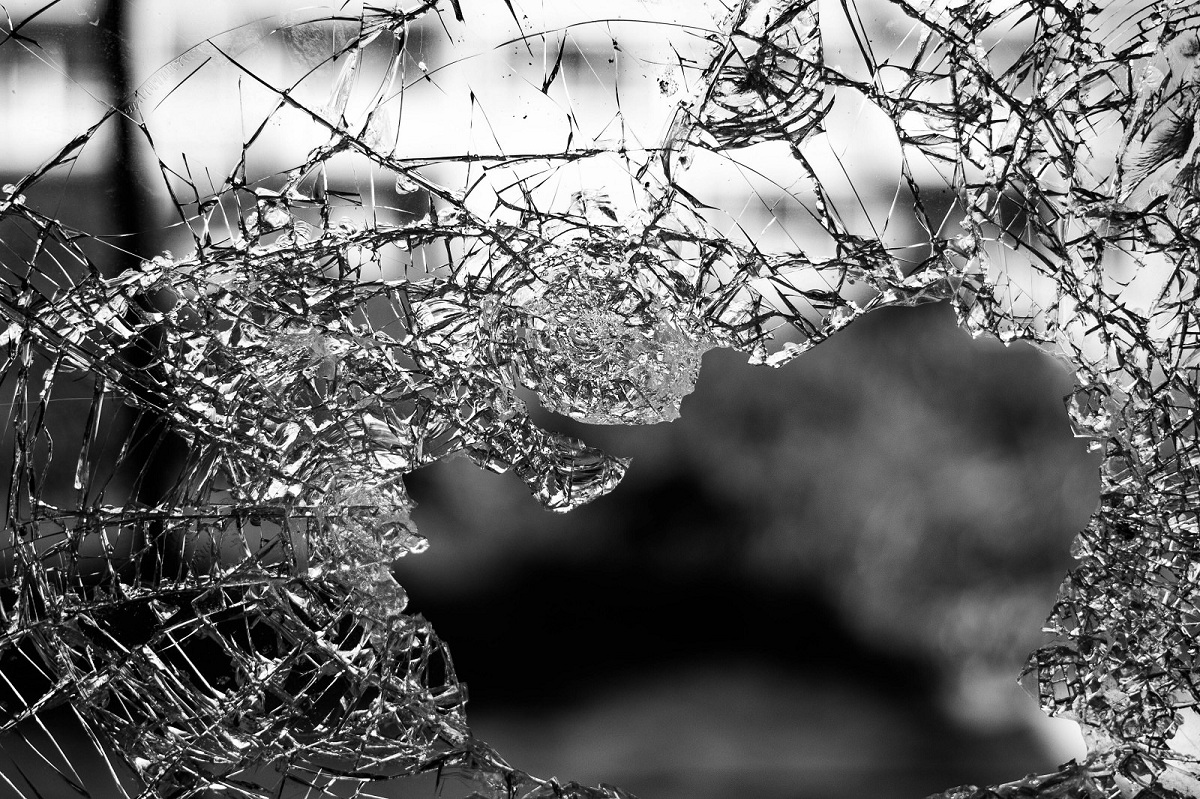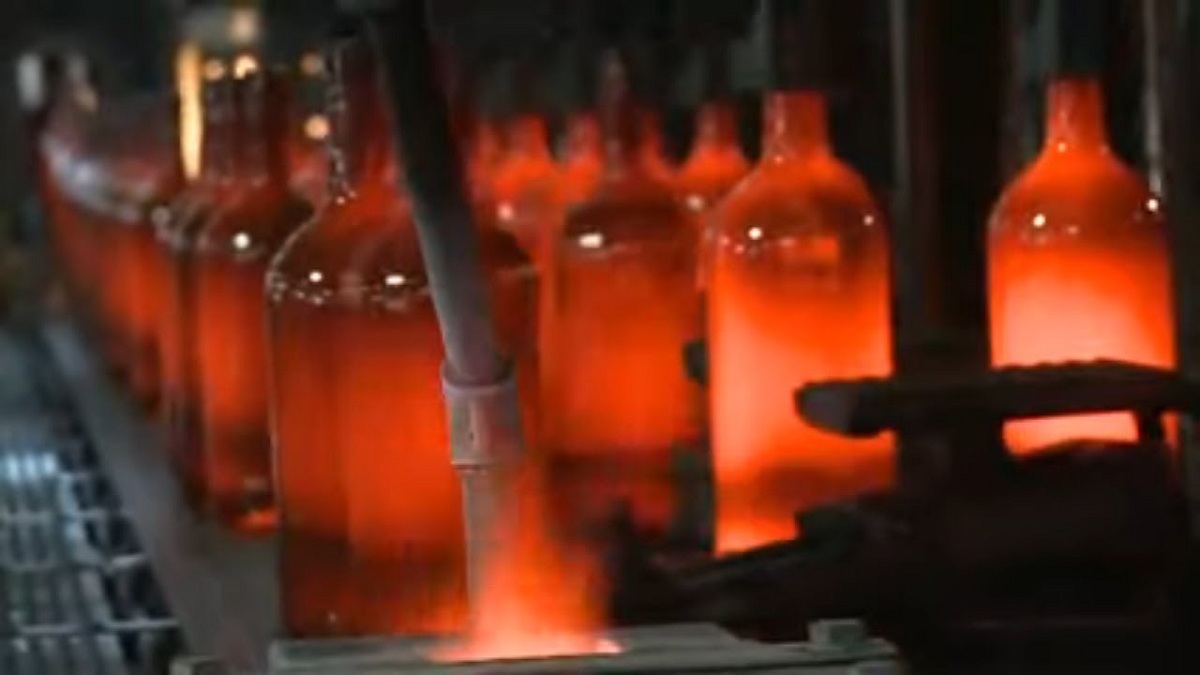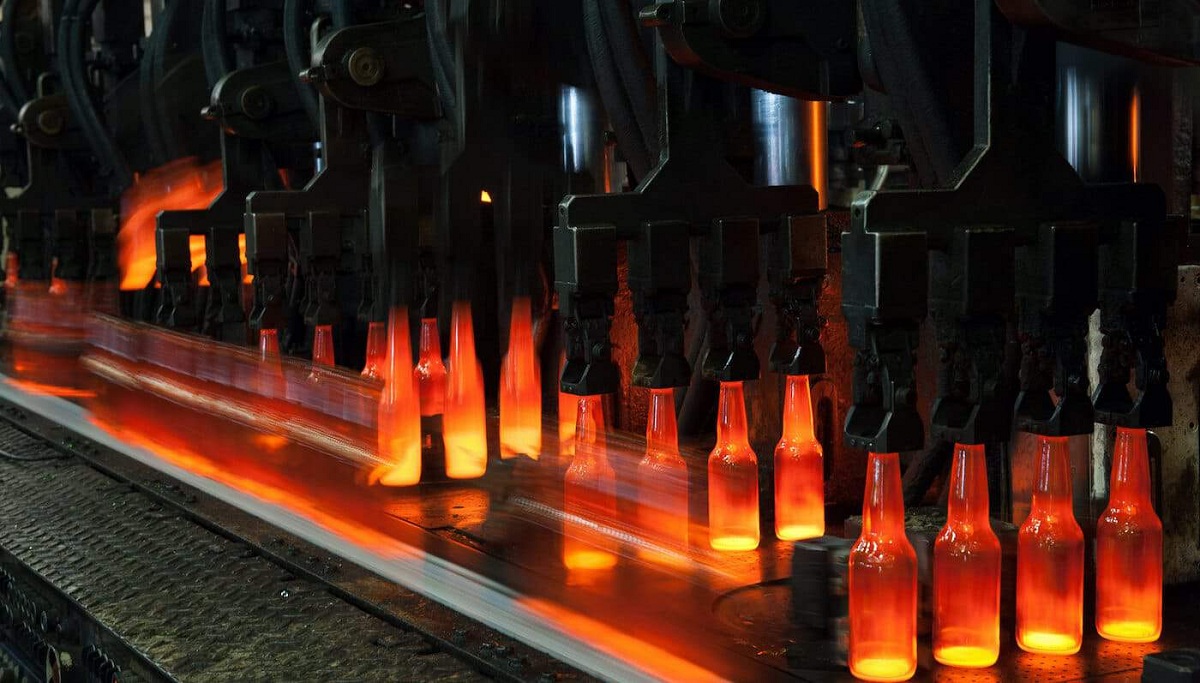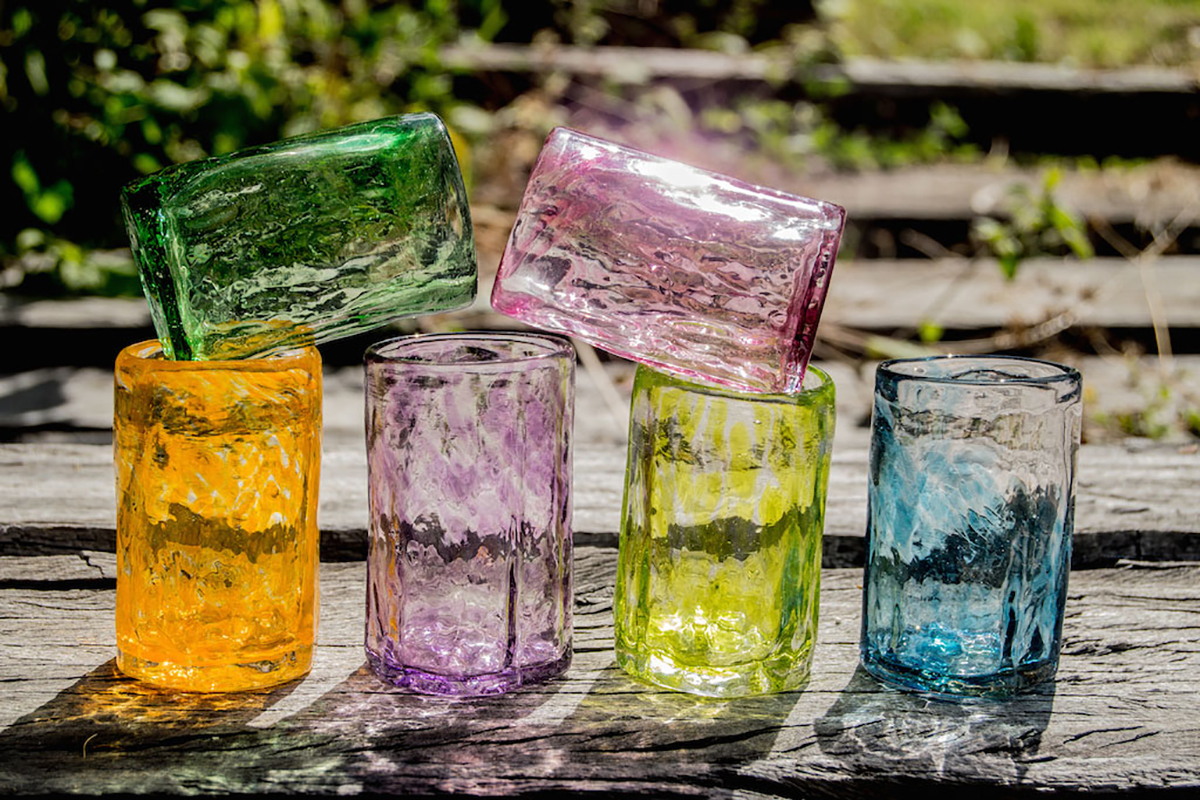
In our environment we have a large amount of glass everywhere. However, not many people know how is glass made. In this article we will study how glass and crystal are made and manufactured and what differences there are between each of them. Today we use a large number of objects made of glass and crystal. Sales of houses, cars, mirrors, medicine bottles, bottles, television screens, spotlights, store counters, watch faces, vases, ornaments and many, many other things.
Therefore, we are going to dedicate this article to tell you how glass is made and what should be taken into account for it.
How the glass is made

Glass is made of sand, and it is sand that contains an element called silica, which is the basis for making glass. It is also very important to know how to distinguish between glass and crystal. The so-called "crystal" is also glass, but with added lead. But let's look at all this better.
Glass is made from silica in sand and other substances such as sodium carbonate (Na2CO3) and limestone (CaCO3). We can say that it is composed of 3 substances, a mixture of quartz sand, soda and lime. These three elements are melted in a furnace at a very high temperature (approximately 1.400ºC to 1.600ºC). The result of this fusion is a glass paste that has been subjected to various molding techniques, namely molding techniques, as we will see below. As can be seen, the raw material for glass is sand.
Glass manufacturing

We will see the 3 most used glass shaping techniques, or similarly, the manufacture of glass products.
- Automatic blow molding: The glass material (molten glass) enters a hollow mold, whose internal surface has the shape we want to give the glass, or more precisely, the shape of the final object. Once the mold is closed, compressed air is injected inside to adapt the material to its walls. After cooling, open the mold and take out the object. As you can see, the molten glass is preformed at first and eventually the remaining part, called the flash, is cut away. At the bottom of the page, you have a video, so you can really see the tech. This technology is used to make bottles, jars, glasses, etc. This technology is used to make bottles, jars, glasses, etc.
- Formed by flotation on a tin bath: This technique is used to obtain glass plates, for example to make glass and windows. Pour the molten material into a can containing liquid tin. Since glass has a lower density than tin, it is distributed over the tin (floats) to form flakes, which are pushed into the annealing furnace by means of a roller system, where they are cooled. Once cooled, the sheets are cut.
- Formed by rollers: The molten material passes through a smooth or granular lamination roll system. This technique is used to make safety glass. It is actually the same as the previous method, the difference is where the cutting device is located, we have a roller that can shape and / or thickness the sheet before cutting.
Glass and crystal properties

The most important characteristics of glass are: transparent, translucent, waterproof, resistant to environmental conditions and chemical reactants, and finally hard but very fragile. Hard means it is not easily scratched and brittle, easily broken by bumps.
It is important to distinguish between glass and crystal. First of all, we must understand the difference between glass and crystal. Crystal exists in different forms in nature, such as quartz or crystal, so it is a raw material.
However, glass is a material (made by hand) because it is the result of the fusion of certain components (silica, soda and lime). Chemically speaking, salt, sugar and ice are also crystals, as well as gems, metals and fluorescent paints.
But the name glass is often used as an umbrella term for any glassware that is more elegantly shaped than the glass jars or bottles that are used every day. What most people call "crystal" refers to glass to which lead (lead oxide) has been added. This type of "glass" is actually "lead glass." This type of glass is highly valued for its durability and decorativeness, although it does not necessarily have a crystalline structure. It is called crystal and it is a common crystal for glasses and decorations.
To avoid mistakes, 3 standards have been established to treat lead glass as if it were crystal. These regulations were formulated in 1969 by the main trade group in the European Union. The United States has never set its own standards, but accepts European standards for customs purposes.
The three conditions to consider crystal to lead glass are:
- Lead content exceeds 24%. Remember, it is only leaded glass.
- The density is greater than 2,90.
- The refractive index of 1.545.
However, there are also glasses created in nature, such as obsidian formed by the heat generated within a volcano, similar to glass.
As you can see, we mistakenly call lead glass or optical glass because its transparency mimics natural glass. This imitation has always been the main objective of glass manufacturers. We should never put crystal or lead glass objects in glass recycling containers. For example, light bulbs or lamps, fluorescent lamps, and wine glasses are made of glass instead of glass. However, common kitchen glass is usually made of glass.
There are many common confusions in the population with calling glass glass and vice versa. Once we see the formation process of each one, we can already see all the differences between them, in addition to their characteristics. I hope that with this information you can learn more about how glass is made.